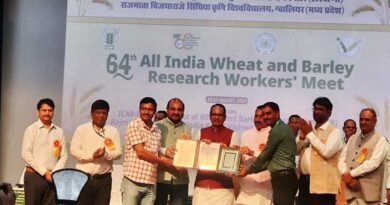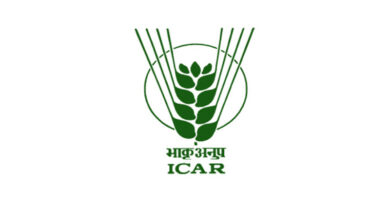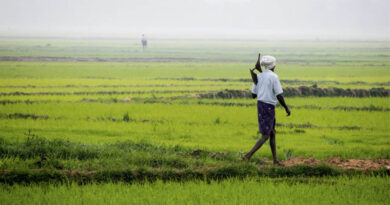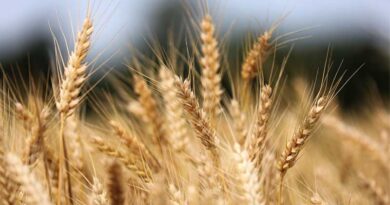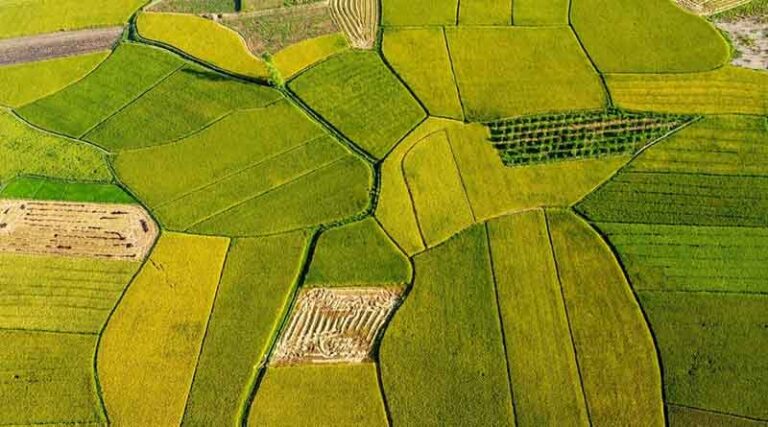
Policy for the Future: Leveraging GIS & GPS for India’s Food Security
A Policy Analysis from the Kisan-Vigyan Foundation White Paper, “GPS & GIS Technology in Agriculture and their Efficiency in Ensuring Food and Feed Security by 2047”
16 July 2025, New Delhi: India’s policymakers are faced with the urgent task of ensuring food and feed security for a rapidly growing population. The white paper by Kisan-Vigyan Foundation provides a comprehensive blueprint for integrating GIS and GPS technologies into national agricultural policy. These tools are essential for optimizing resources, increasing productivity, and building climate resilience.
The white paper recommends that government subsidies and incentives be directed toward precision farming equipment, including GPS-enabled tractors, soil moisture sensors, and GIS-based advisory services. Data from ICAR shows that such investments can increase yields by 10-15% and reduce input costs by 20%.
Water and Soil Management: A Policy Priority
With 80% of freshwater consumed by agriculture, efficient water use is non-negotiable. The white paper calls for mandatory GIS-based irrigation planning in water-stressed states and support for automated drip and sprinkler systems. These measures have already saved up to 40% water in pilot projects (NITI Aayog). Soil health cards, distributed to millions of farmers, can be enhanced with GIS-based digital soil maps for more accurate recommendations.
India’s annual food loss of ₹92,000 crore is a policy challenge. The white paper urges investment in GPS-enabled cold storage and transport infrastructure. GPS tracking of trucks has reduced vegetable spoilage by up to 25% in some regions, demonstrating the potential for national scale-up.
Climate Resilience: Integrating Data into Disaster Planning
GIS-based weather forecasting and risk assessment should be integrated into crop insurance and disaster management schemes. Farmers using these models have seen a 20-30% reduction in crop loss during extreme weather (IMD). Policy should mandate the use of such models in all major agricultural regions.
Research, Innovation, and Training
The white paper advocates for increased funding for R&D in digital agriculture, including IoT, AI, and remote sensing. Extension services should be modernized to train farmers in using GIS and GPS tools, ensuring widespread and effective technology adoption.
GIS-based land capability classification can guide policy on crop zoning, preventing overuse and reducing forest encroachment by 25% in monitored districts (Ministry of Agriculture). Carbon farming and climate mitigation programs should be monitored and verified using GIS data.
Policy as the Catalyst
The Kisan-Vigyan Foundation’s white paper makes clear that robust, data-driven policy is essential for sustainable food and feed security. By embedding GIS and GPS into every level of agricultural planning and execution, policymakers can ensure that India’s farmers, consumers, and environment all benefit.
Download the full white paper on “GPS & GIS Technology in Agriculture and their Efficiency in Ensuring Food and Feed Security by 2047” here to explore the detailed data, scientific insights, and policy recommendations.
About Kisan-Vigyan Foundation
Kisan-Vigyan Foundation (KAKV) is a think-tank created to focus on Food & Feed Security of India and to support policies for the economic welfare of the farmers. The foundation has strong governing council members from core sectors of agriculture to work on fact-based research findings and to raise concerns where necessary.
Also Read: Bayer Launches Felujit: A Next-Generation Fungicide to Combat Sheath Blight in Paddy in India
📢 If You’re in Agriculture, Make Sure the Right People Hear Your Story.
From product launches to strategic announcements, Global Agriculture offers unmatched visibility across international agri-business markets. Connect with us at pr@global-agriculture.com to explore editorial and advertising opportunities that reach the right audience, worldwide.

